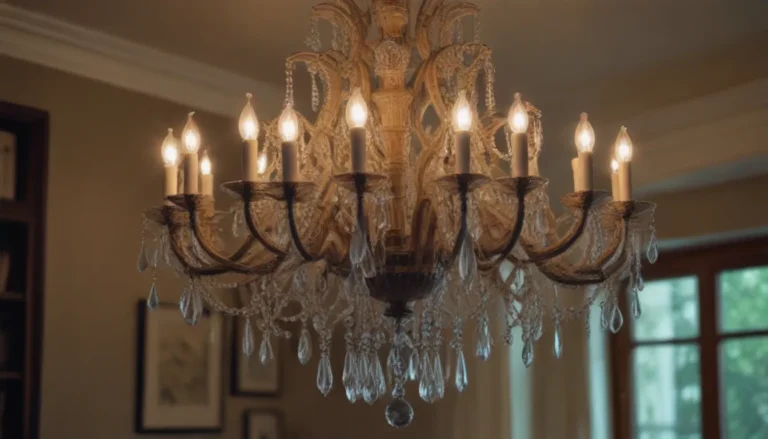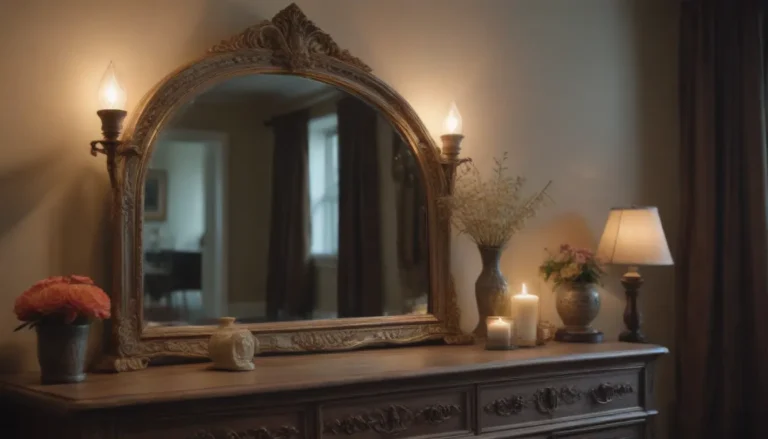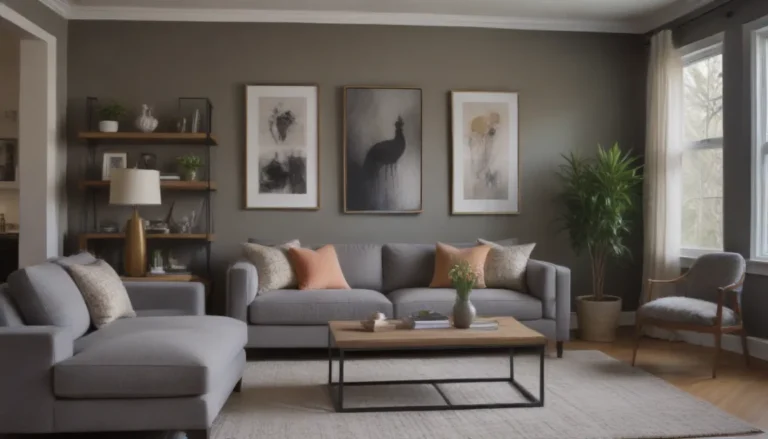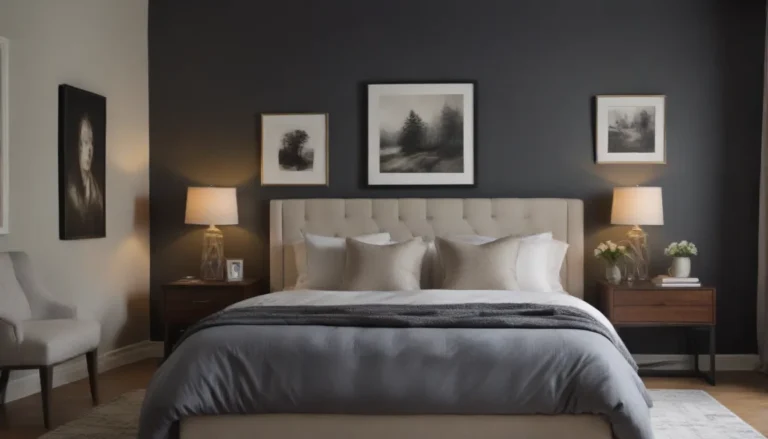Ultimate Guide to Monochromatic Color Schemes in Interior Design
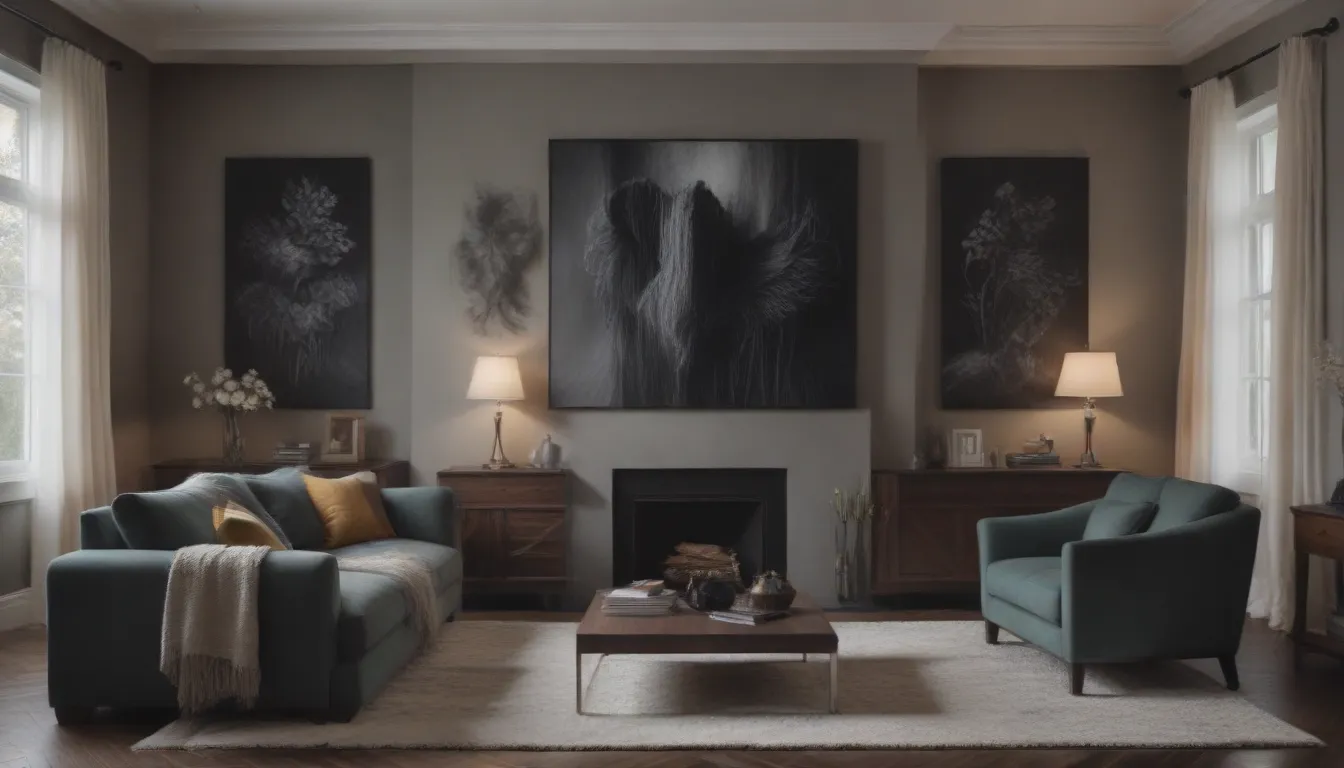
Are you looking to create a cohesive and elegant space in your home? Monochromatic color schemes might be just what you need. This design technique focuses on using variations of a single color to add depth and interest to a room. Whether you prefer a bold and dramatic look or something more subtle and understated, monochromatic palettes can work wonders for any interior. In this comprehensive guide, we’ll explore everything you need to know about monochromatic color schemes and how to implement them in your own space.
What Is a Monochromatic Color Scheme?
A monochromatic color scheme revolves around the use of one dominant color as the base of your design. By incorporating different shades and tones of this color throughout the space, you can create a visually appealing and harmonious environment. White is often included in monochromatic schemes as it acts as the lightest tone of any color and can help balance out a room’s color palette.
For example, you might choose a rich navy blue as your base color and then incorporate lighter and darker shades of blue for added depth. White trim or accessories can also be used to enhance the overall effect. Additionally, pops of black or metallic accents can provide contrast and sophistication to a monochromatic palette.
Fun Fact
Did you know that the first floor of the White House features three monochromatic entertaining spaces: the Red Room, the Green Room, and the Blue Room? These rooms are designed to create a cohesive and elegant ambiance for state dinners and special events.
Understanding Color Theory Terminology
Before diving into designing a monochromatic color scheme, it’s important to familiarize yourself with some common color theory terms. Here are a few definitions to help you better understand the concept:
- Base color: The dominant color that forms the foundation of your color scheme.
- Hue: The actual color of an object, often described by common color names (e.g., red, blue, yellow).
- Shade: A darker version of a color created by adding black.
- Tint: A lighter version of a color achieved by adding white.
- Tone: A color produced by mixing a hue with grey, resulting in a muted, softer shade.
How to Design With Monochromatic Color Schemes
Creating a successful monochromatic color scheme involves carefully selecting complementary shades, tints, and tones to achieve a cohesive look. Here are some steps to guide you through the design process:
- Choose a Base Color: Select a dominant color that will serve as the foundation of your design. This color will set the tone for the entire room.
- Select Variations: Identify lighter and darker versions of your base color to use for furniture, accessories, and trim. Aim for at least two shades for contrast.
- Consider Contrast: Make sure there is enough contrast between your chosen colors to avoid a muddy or indistinct appearance.
- Include White: White can be a valuable addition to any monochromatic scheme, brightening up the space and helping to balance out darker tones.
When selecting paint colors at a store, look for color swatches that offer a range of shades based on your chosen hue. This can make it easier to visualize how different colors will work together in your design.
Tip
Neutral colors can also be used in monochromatic schemes. Simply select variations of your chosen neutral to create a cohesive and sophisticated look. White can be a versatile addition to any color palette, helping to enhance the overall aesthetic of a room.
Benefits of Monochromatic Color Schemes in Design
Monochromatic color schemes offer several advantages that make them a popular choice in interior design. Some of the benefits include:
- Simplicity: Monochromatic palettes create a sense of unity and coherence in a space, making it visually appealing and easy on the eyes.
- Elegance: The use of a single dominant color can add a touch of sophistication and refinement to any room.
- Depth and Interest: By incorporating different shades and tones of a single color, you can create depth and visual interest in your design.
- Versatility: Monochromatic schemes can be adapted to suit any style or aesthetic, from minimalist to maximalist.
Adding Other Colors to Monochromatic Designs
While adhering strictly to a monochromatic color scheme can create a harmonious and cohesive look, there are instances where adding a pop of contrast can be beneficial. For example, incorporating an accent color that sharply contrasts with the base color can help highlight the overall design and create visual interest.
In white or black monochrome designs, a single contrasting color can make a bold statement and enhance the overall aesthetic. However, it’s important to use additional colors sparingly and with purpose to avoid detracting from the unity of the monochromatic palette.
In conclusion, monochromatic color schemes offer a versatile and elegant design solution for any interior space. By understanding the principles of color theory and carefully selecting complementary shades, tints, and tones, you can create a harmonious and visually appealing environment that reflects your personal style. Whether you prefer a bold statement or a subtle approach, monochromatic designs can transform your space into a sophisticated and cohesive masterpiece.
